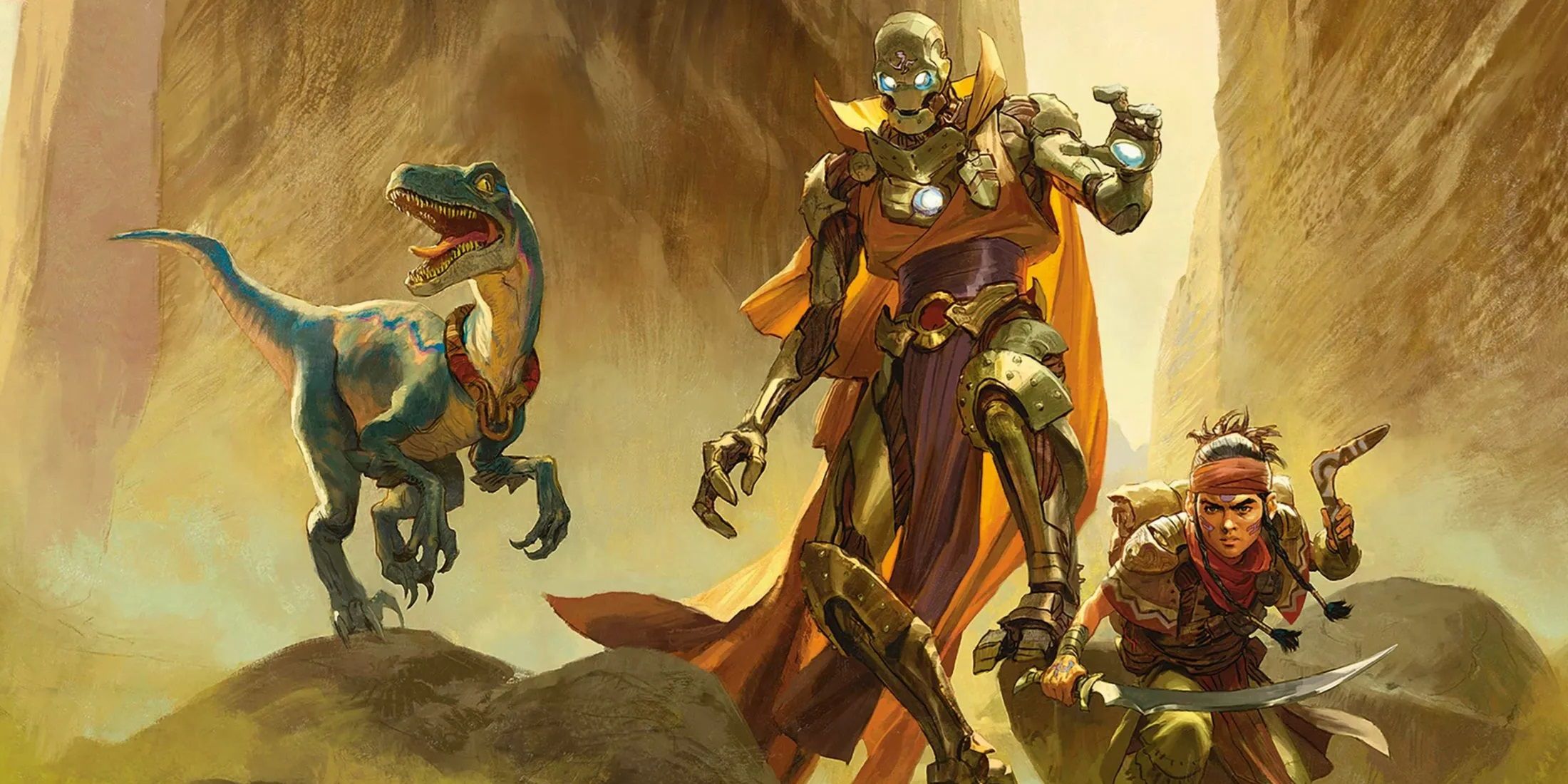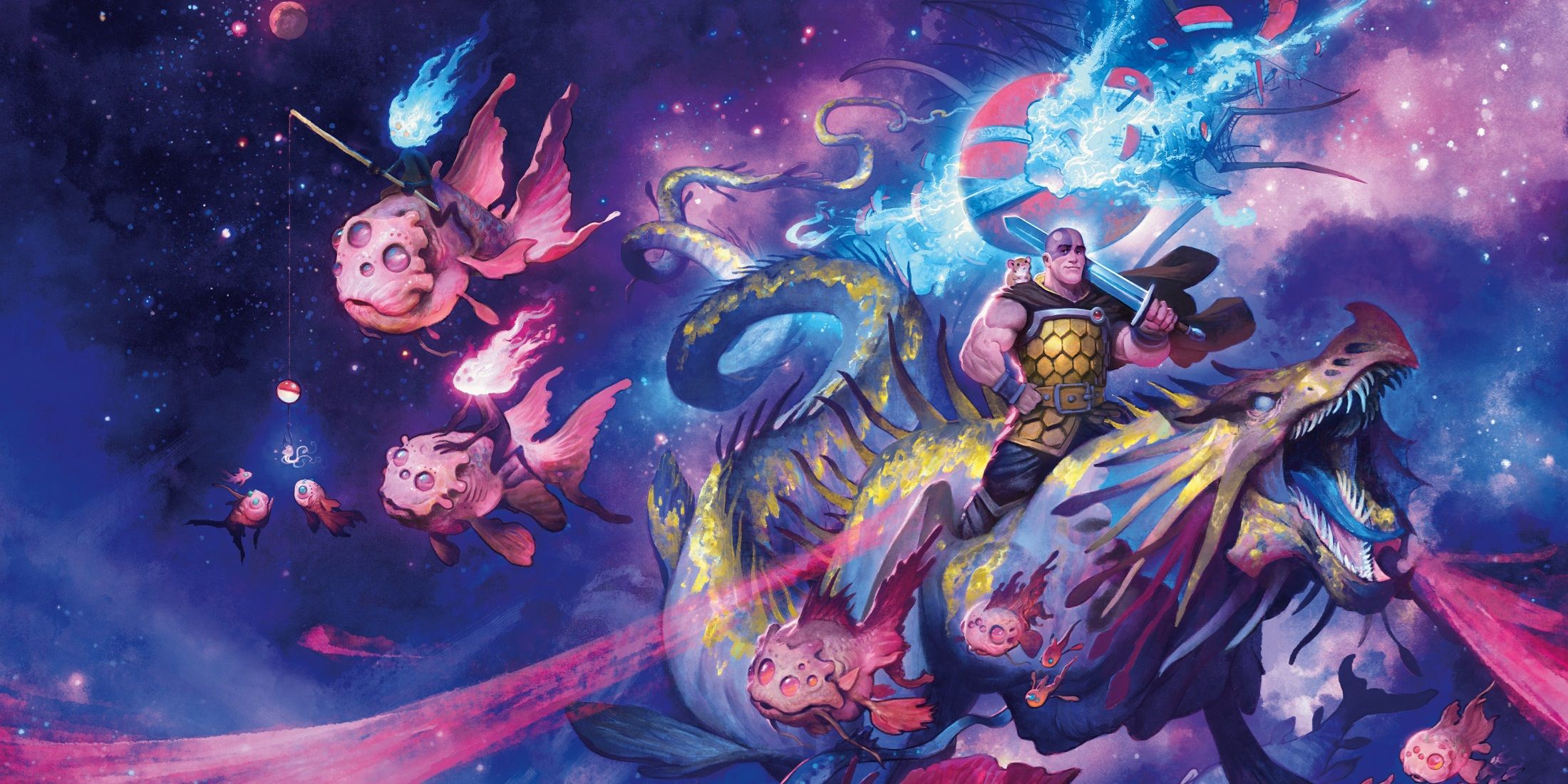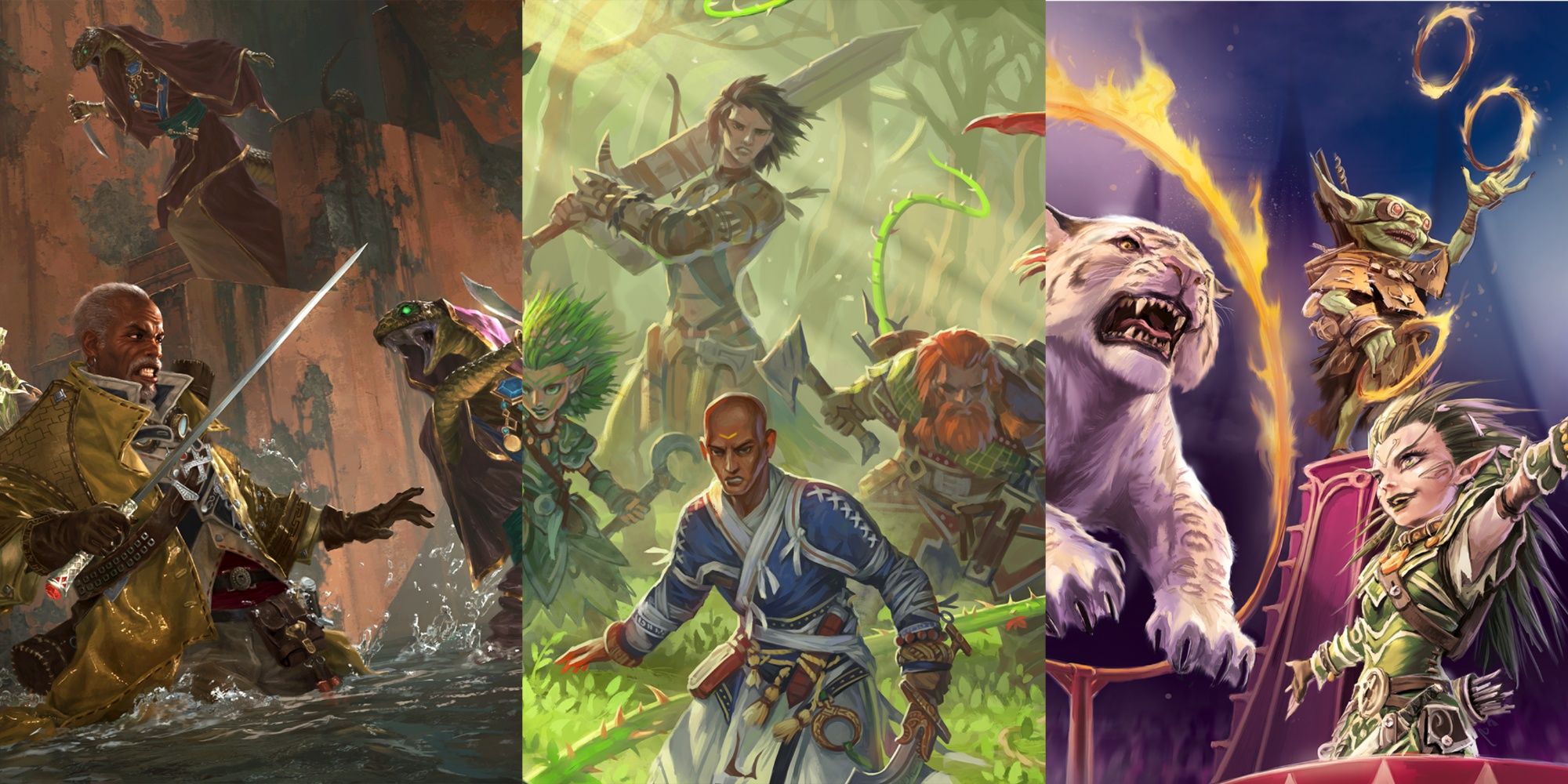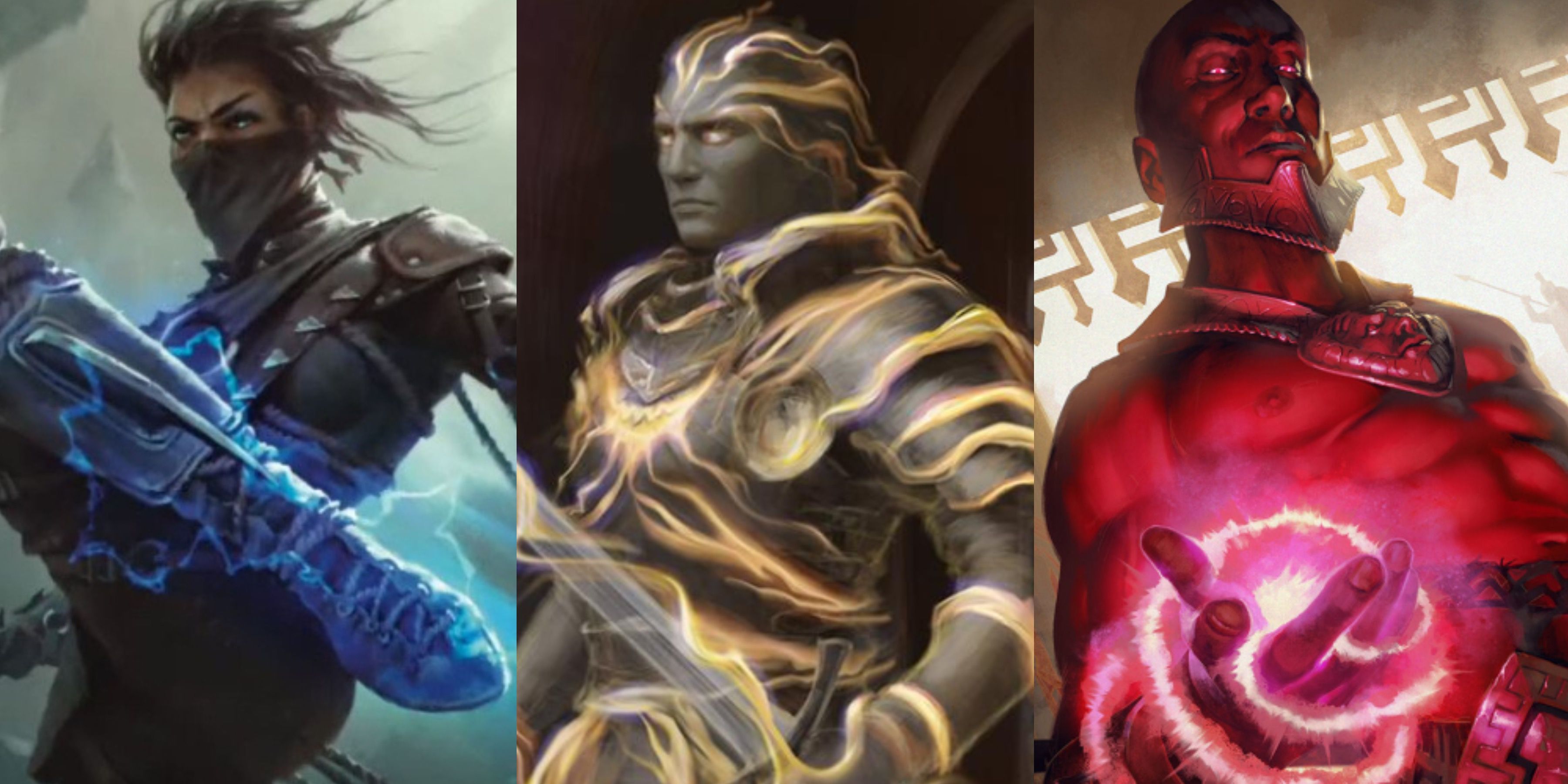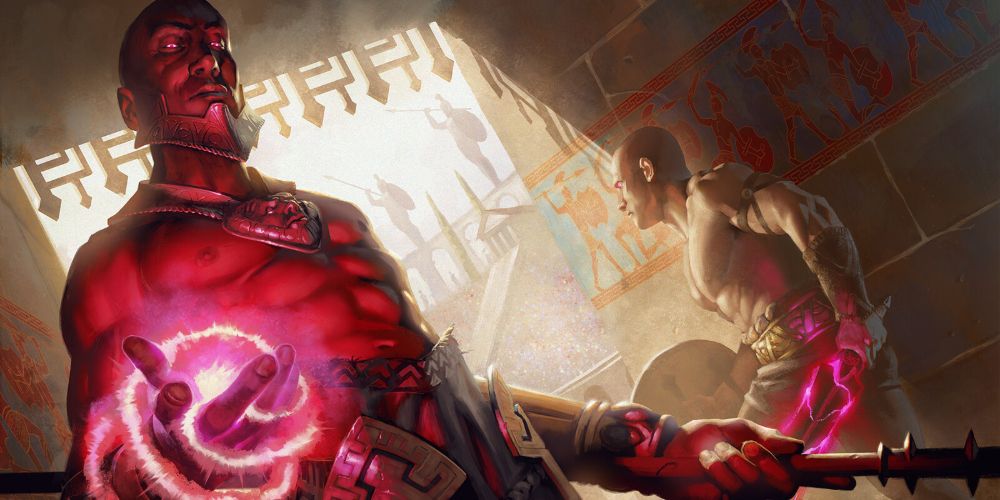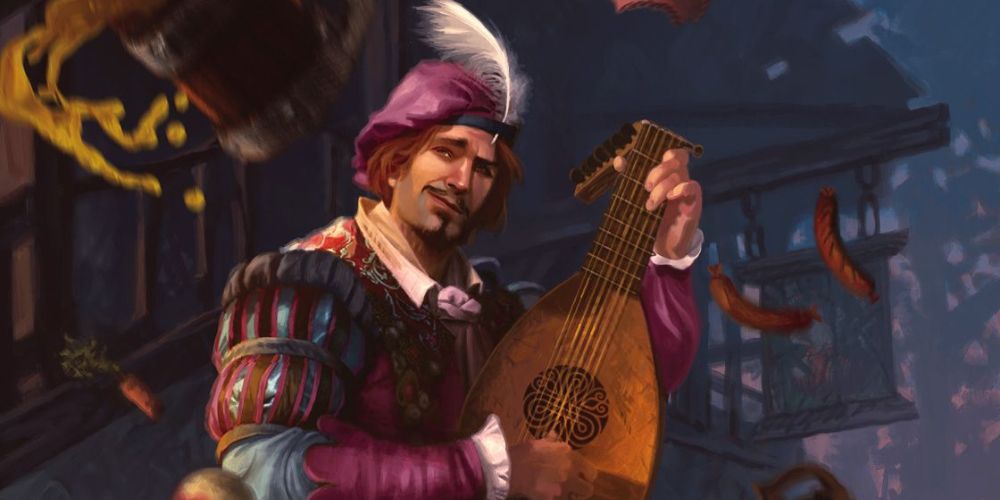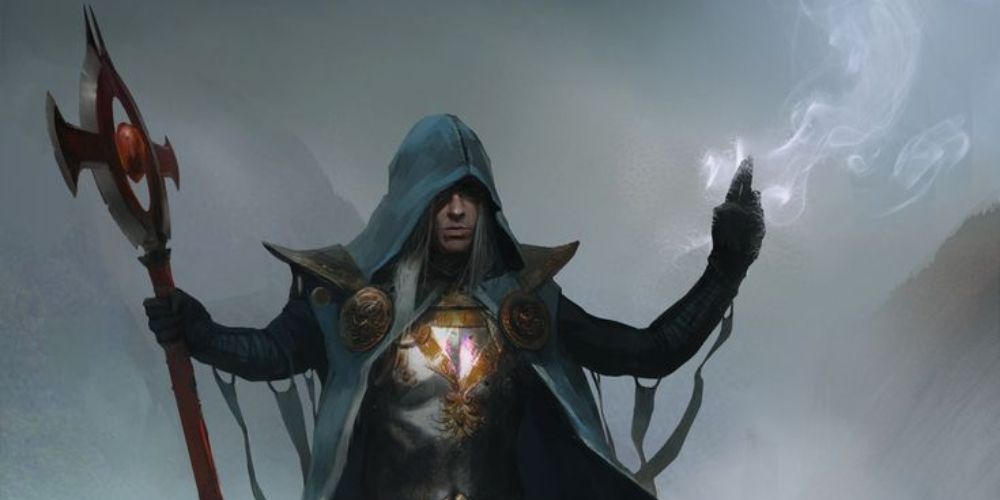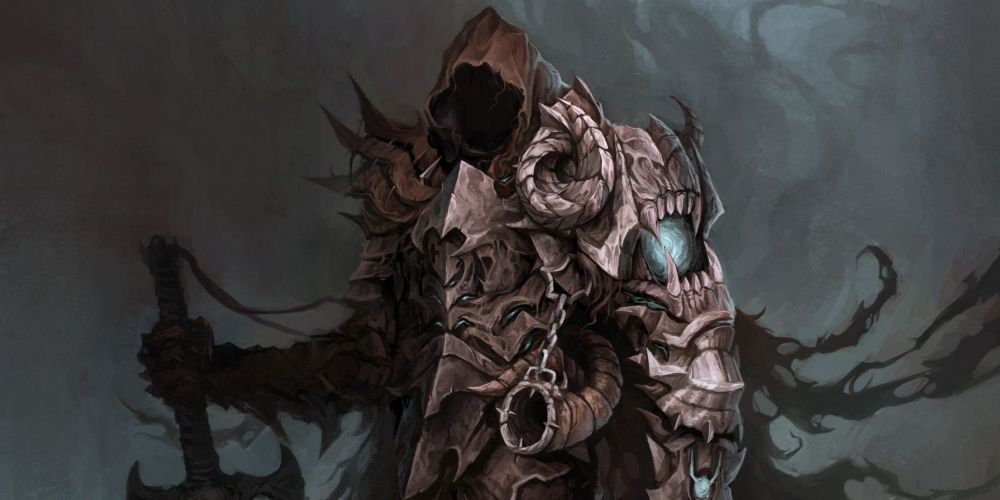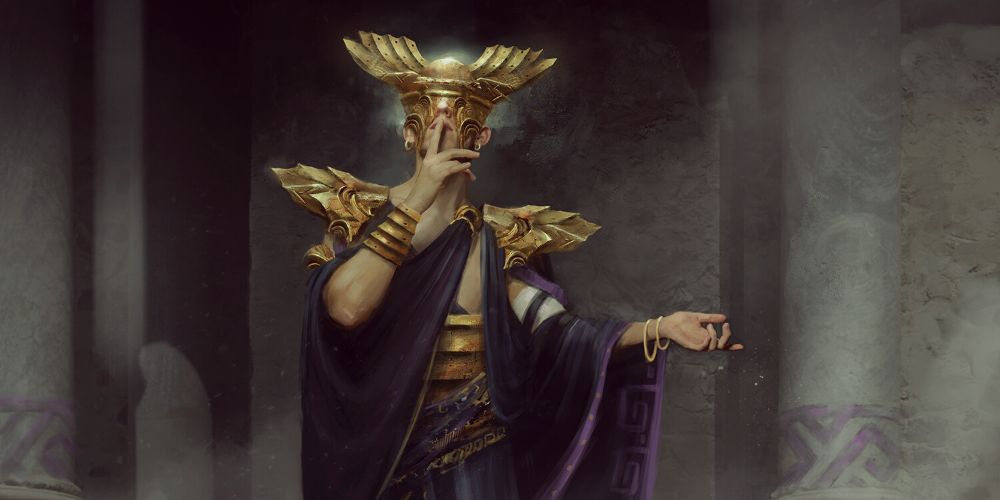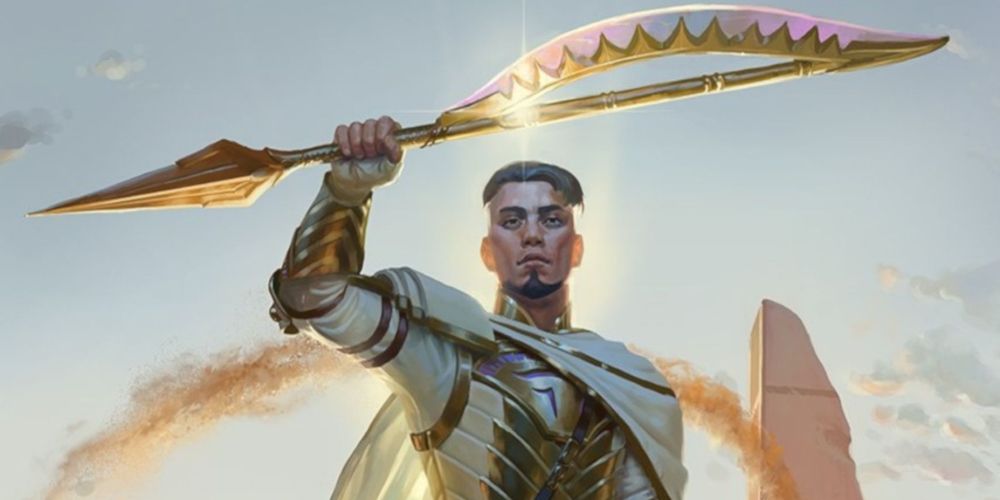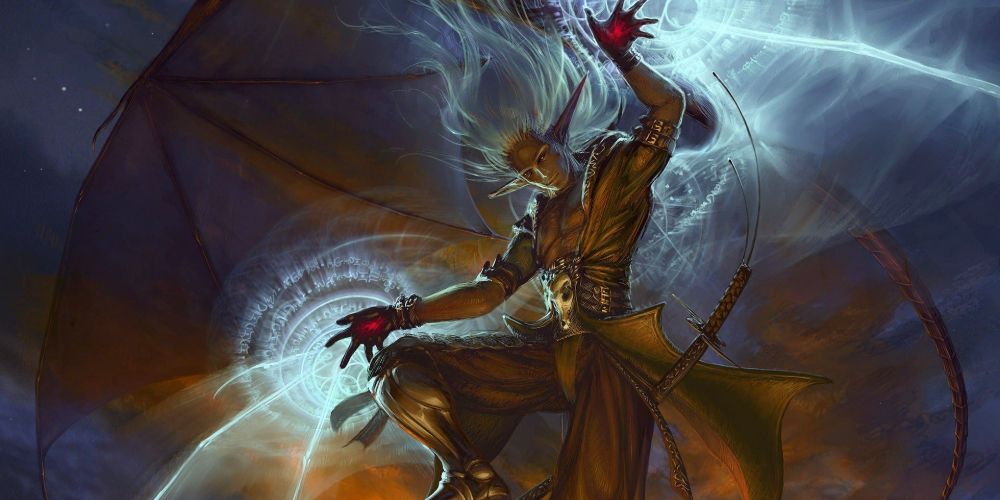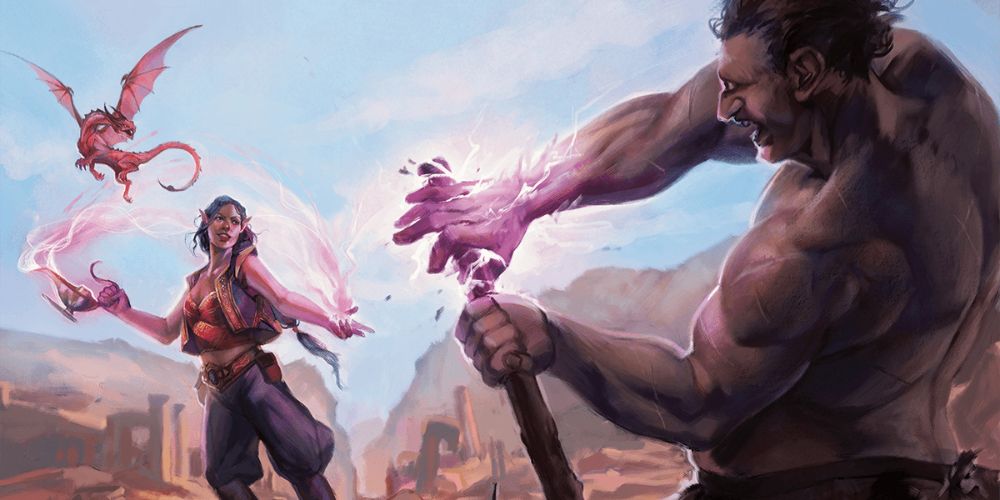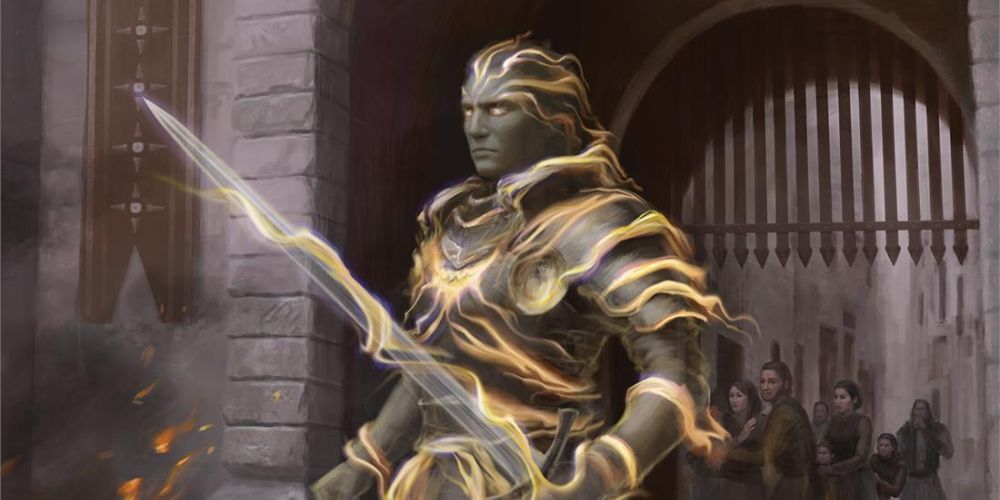Dungeons & Dragons is often lauded as one of the most iconic tabletop role-playing games. This is apparent in the vast amount of content surrounding the franchise, including several video games, podcasts, shows, movies, and so on.
But what's undeniable about the root of Dungeons & Dragons' popularity is that it's a game that continues to top itself time and again with new material, additional monsters, races, and classes to help the game feel fresh to series lovers and newcomers alike. With heaps of builds and campaigns found in different sourcebooks, there is plenty of untapped content that longtime players may not have had the chance to experiment with yet. With this in mind, here are ten subclasses that players should use that are sure to add new and inventive spins to any campaign.
10 Barbarian: Path Of Wild Magic
As a melee-based class, Barbarians tend to ignore spells and are not vexed with the meticulous spell selection process that Sorcerers and other magic-based classes go through. But for the Barbarian players wanting to dabble into some magic (which can be intimidating to beginner players), the Path of Wild Magic helps to shed spell anxiety by limiting spell selection to a pool of eight magical effects.
Raging, the notorious Barbarian ability, triggers a Wild Magic Surge that prompts one of the eight magical effects which can either induce additional damage and add buffs to weapons, among other things. At higher levels, this path also enables Wild Magic Surges as Reactions while raging.
Source: Tasha's Cauldron of Everything
9 Bard: College Of Glamour
For players wanting to add some pizazz to their campaign, the College of Glamour subclass is the perfect place to start. The subclass lends itself well to weaving in alluring backstories and backgrounds by playing off of the Glamour Bard's legendary performances and high status.
Akin to captivating performers, many College of Glamour skills pertain to charming audiences in combat, which can be helpful for turning the tide of battle. At sixth level they gain the Mantle of Majesty, which allows a 100% success rate on casting Command at the cost of zero spell slots.
Source: Xanathar's Guide to Everything
8 Cleric: Grave Domain
Unlike regular Clerics whose powers focus on life, Grave Domain Clerics instead rule over life and death. Typically, Clerics tend to take the backseat in combat due to their builds making them physically weaker and reliant on healing-based spells and abilities. These Clerics, however, have much more to offer, from stat buffs to deadly spells that derive from their death-based origins.
Immediately at first level this subclass gains remarkable abilities. Circle of Mortality turns all restorative rolls into their highest value, maximizing each healing spell when the target is unconscious. With additional abilities that turn crits against an ally into normal attacks and curses that make enemies vulnerable to all damage types, Grave Domain Clerics are perhaps the most intimidating Cleric subclass.
Source: Xanathar's Guide to Everything
7 Fighter: Echo Knight
Fighter is a class that is often stereotyped as too straightforward since the class doesn't have the same flourishes as magic users nor abilities that make it standout. But as a subversion to this expectation, the Echo Knight subclass gives Fighters a whole new image in the form of an echo.
This echo, which is basically a shadowy version of the Fighter, is a physical manifestation that can be used by the player. It can be used to swap places, can attack for the player, and can be used for opportunity attacks against opponents who go by the echo itself. Essentially, the echo provides more reach for the Fighter, allowing them to make greater and more inventive plays in exchange for a Bonus Action.
Source: Explorer's Guide to Wildemount
6 Monk: Way Of Mercy
The Way of Mercy is a Monk subclass with extreme duality, being able to deal remarkable damage while also healing allies. Like all Monks, the Way of Mercy relies on Ki points to enact special abilities. What differs however, is that Ki points can be specifically used to induce damage or restore an ally's HP.
When reaching third level, Hands of Healing is learned which uses Ki points to heal allies for an amount equal to the Monk's Martial Arts die + Wisdom modifier. Additionally, they acquire Hands of Harm, which uses Ki to deal necrotic damage. At level 11 their Flurry of Blows can be used to use both Hands of Healing and Harm in the same Action.
Source: Tasha's Cauldron of Everything
5 Paladin: Oath Of The Crown
Perfect for medieval settings, Oath of the Crown Paladins devote themselves to royalty and sovereignty as opposed to a specific deity. Like all Paladins, these live to serve, illustrated by abilities that focus on guarding allies.
Already having healing and melee-attacking under their belt, this subclass accentuates a Paladin's tanking capability by incorporating abilities that direct attacks away from the party and onto the user. This includes the skill "Champion Challenge" which forces opponents to stay within 30 feet, and "Divine Allegiance" which transfers damage meant for an ally to the user instead.
Source: Sword Coast Adventurer's Guide
4 Rogue: Soulknife
Rogues are sly and mysterious, lurking in the shadows as well-known assassins. If their intrigue didn't make them cool enough, picture a Rogue with the power to manifest their own Psionic weapons. The Soulknife Rogue does just that and more: at third level they acquire the ability to tap into innate psionic abilities which, beyond weapon summoning, can be used to add a die to ability checks or allow telepathic communication between the player and others.
Once reaching ninth level the Psychic Blades improve with two abilities: they can help a missed attack roll hit by adding a Psionic Energy die, and they can permit teleportation by transporting immediately to a thrown Psychic Blade's location.
Source: Tasha's Cauldron of Everything
3 Sorcerer: Storm Sorcery
Perfect for a sea-based campaign (perhaps one involving pirates), Storm Sorcery Sorcerers hold control over wind and sea, using their spells in creative ways to replicate the weather. Gaining flight at first level, these spellcasters eventually become resistant (and later immune) to thunder and lightning damage while simultaneously dealing said damage against enemies within 10 feet of them any time they cast a spell.
Beyond what's simply written in the sourcebook, these Sorcerer's weather-controlling abilities (either the rain or wind) can make for very strategic and out-of-the-box plays that can really inspire (and annoy) the greatest DM.
Sources: Sword Coast Adventurer's Guide/Xanathar's Guide to Everything
2 Warlock: The Genie
The relationship between Warlock and Patron can make for incredible storytelling, especially when said Patron is quite literally, in the palm of the Warlock's hands. When creating their characters, Genie Warlocks choose between a list of Genies and vessels (but can of course formulate their own "homebrewed" Genie at the DM's discretion).
Touching the vessel prompts either an attack by the Genie (whose damage type depends on said Genie) or the player teleporting into the vessel. This can be used for protection, or perhaps for smuggling people into places when being stealthy. At higher levels the vessel can allow the user and five willing creatures a short rest when resting within the vessel for 10 minutes.
Source: Tasha's Cauldron of Everything
1 Wizard: Bladesinging
The School of Bladesinging takes the typical Wizard and amps them up to be a better physical combatant. Adding proficiency to one weapon and light armor, this subclass differs greatly from other Wizard builds in that physical damage is just as significant. These Wizards gain a second attack at sixth level, as well as the ability to absorb damage at tenth level.
True to the subclass' name, the Bladesong, which is gained at second level, provides numerous buffs. These include: a bonus to AC equal to Intelligence modifier, +10 to walking speed, advantage on all Dexterity-based checks, and a bonus to Constitution saves (specifically for maintaining concentration).
Source: Tasha's Cauldron of Everything

